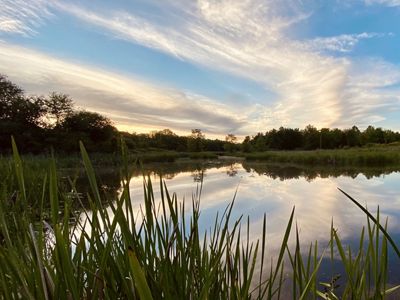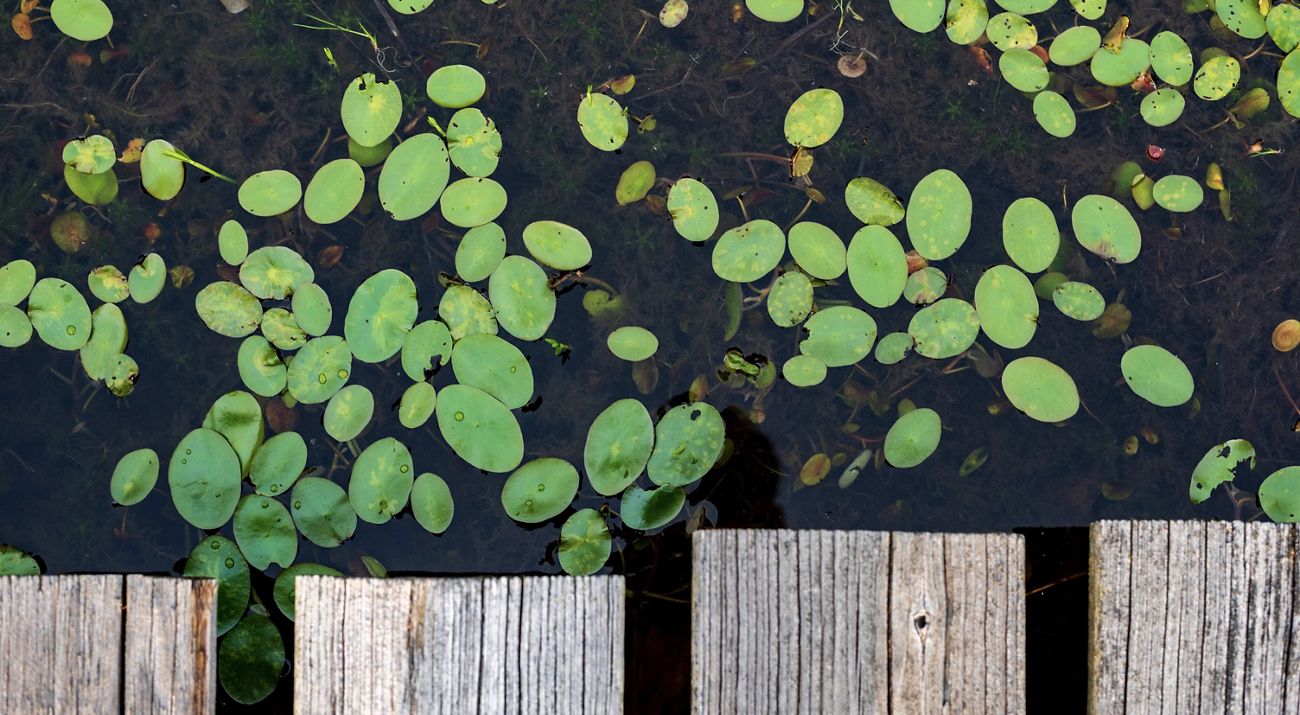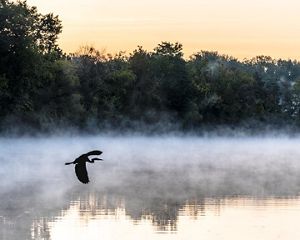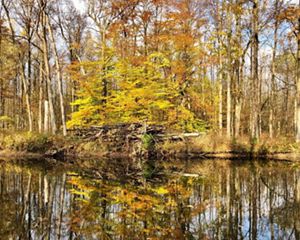Wetland Wonders: New York Leaders Protect One Million Areas of Vital Wetlands
Marshes, swamps and bogs reduce pollution and flooding. Now, thanks to the State Legislature, New Yorkers can continue to enjoy their benefits.
Protecting New York's Wetlands
Thank you, Governor Hochul, for Protecting New York's Wetlands
New York State has enacted new regulations that protect a million acres of critically important wetlands that previously had no federal or state protections. Wetlands are nature’s multi-taskers: they keep our drinking water clean, provide habitat to wildlife, and reduce flooding risks for our homes and businesses. Now, these vital areas are protected by state regulations. New York’s wetland law is a huge win for New York and the country.
On a farm in the Hudson Valley town of Hamptonburgh, Lisa Barone and her older cousins Morse and Kathi Pitts grow an astonishing 300 varieties of vegetables—eggplants, sweet peppers and a wide array of lettuces–on land their family has worked since the 1860s. They describe their farm, with its greenhouses and open fields, as “more than organic,” with no synthetic inputs of any kind. They also lease some of the property to others wanting to learn to farm as they do. “We’re kind of an incubator,” Barone says proudly
But their work and the land they farm might soon be put at risk by development next door, where there are approved plans to build over two small freshwater wetlands. (Prior to the expansion of state regulations in January 2025, small wetlands—those under 12.4 acres in size—were not protected by federal or state regulations, leaving them open to damage and destruction.) The wetlands adjacent to the Pitts family farm, like freshwater wetlands everywhere, hold huge amounts of stormwater when it rains. One of the wetlands would be turned into a parking lot, which would repel rather than store stormwater and collect substances like motor oil and antifreeze until runoff flows off the pavement and inundates the Pitts' fields. “We already have water flowing to us from three different directions,” Kathi Pitts says. Now she is concerned that contaminated water will harm their crops and the animals that live on the property. “I’m terrified for the turtles,” she says. “We’ve found threatened species there.”


Across New York State, there are a million acres of small wetlands—fens, bogs, marshes, floodplain forests, swamps, springs and seeps. Home to wild blueberries, red-winged blackbirds and blue-spotted salamanders—to species both abundant and rare—these wetlands not only hold floodwaters but store huge amounts of carbon, filter pollution and sediment that cause harmful algal blooms, and serve as nurseries for commercially and recreationally important fish and other wildlife. Small wetlands are often the nature next door—the leafy places where kids discover newts and spring peepers, where birders seek migrating warblers.

The absence of protections for small wetlands was not just bad for our state’s flora and fauna. It’s been bad for us people, too. Residents have found themselves flooded out after unsuspectingly moving into properties built on former wetlands. Roads back up with water and sometimes wash out. Sewer systems have overflowed, contaminating waters people use for drinking, fishing and recreation.
The good news is that reforms included in the 2023 state budget and enacted in 2025 will help safeguard small wetlands and the lives and the livelihoods that depend on them. As global warming brings more frequent and intense flooding to New York, the protections these new regulations provide are more important now than ever.
What Are Wetlands?
What makes wetlands unique are three important factors: the presence of water (either in an ongoing way or sporadically); distinctive soil structures; and plants that rely on wetlands’ watery conditions—think: swamp azaleas, cinnamon ferns and scallop-leaved goldthread.
Quote: Catherine Gibson
Wetlands act like sponges, literally slowing down and soaking up water that might otherwise flood homes, businesses and community institutions.
The amount of water wetlands can store is mind-boggling, says The Nature Conservancy’s New York Water Resource Scientist Catherine Gibson, PhD. According to the U.S. Environmental Protection Agency, a single acre of wetlands—an area smaller than a football field—can hold as much as 1.5 million gallons of water. Wetlands act like sponges, Gibson explains, literally slowing down and soaking up water that might otherwise flood homes, businesses and community institutions. Wetlands also hold water in place until drier conditions prevail and then release it downstream. In this way, they protect not just against floods but against drought, too.


“Nature’s Kidneys”: Why We Need Wetlands
In a climate-changing world, wetlands are all the more important: They’re some of the state and planet’s most important carbon sinks, areas that naturally take carbon out of the air and store it. According to a report by The Conservation Fund, wetlands are estimated to store two to three times more carbon per acre than forests.
The benefits don’t stop there, of course. Nicknamed “nature’s kidneys,” wetlands hold water in ways that allow sediment, nutrients and pollution to settle and filter out. Without wetlands, Gibson explains, these pollutants “might otherwise flow into our lakes, rivers and bays and cause harmful algal blooms and other problems.”

And then there is wetlands’ crucial role as habitat. The U.S. Fish & Wildlife Service estimates that as many as 43% of endangered or threatened species rely on wetlands either directly or indirectly for their survival. Here in New York, about half the 160 species the State identifies as threatened or endangered need wetlands to sustain themselves. And even abundant species rely on these areas for spawning, nesting and protecting their young.
All these reasons make small wetlands incredibly valuable to New Yorkers. “At the end of the day, we are stewards of this land and we need to maintain it,” Pitts says about her family’s farm and so much more. The state's new protections help do all that.



